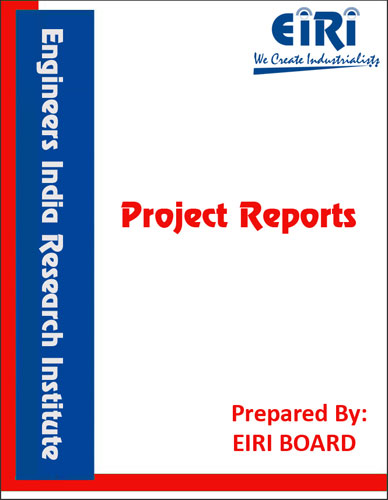Reclaim Rubber
The project report includes Present Market Position and Expected Future Demand, Market Size, Statistics, Trends, SWOT Analysis and Forecasts. Report provides a comprehensive analysis from industry covering detailed reporting and evaluates the position of the industry by providing insights to the SWOT analysis of the industry.
We can prepare PROJECT REPORT as per your INVESTMENT PLAN for BANK LOAN REQUIREMENT and INDUSTRY ANALYSIS. All reports are prepared by highly qualified consultants and verified by a panel of experts.
Have Query? Click Here to Chat
Industry Expert is Online, Chat with him for more detail.

By the application of heat and chemical agents followed by intense mechanical working to ground vulcanised scrap or worn out rubber tires, tubes and waste rubber articles, a substantial regeneration on devulcanisation of the rubber compound to its original plastic state is effected, thus permitting the product to be compounded, processed and revulcanised. Reclaiming is essentially depolymerisation and misnomerically called “devulcanisation” although combined sulphur is not removed. By this depolymerisation, the reclaimed rubber shows decreased resistance to deformation at ordinary temperature; thus loosing its elastic nature and become less resistant to compression, stretching or swelling. Reclaimed rubber was born because a secondary source of rubber was urgently needed. Entire rubber industry was growing so fast in the early days and there was no enough crude rubber to substantiate the demand. Reclaim rubber soon become indispensable. Apart from this, tire pose a disposal problem and therefore utilized as basic raw material in the form of ground vulcanised waste (crumb rubber) or converted to reusable state-reclaimed rubber.
Project Report Covers:
Introduction
Uses and Applications
Properties
Market Survey with future aspects
Present Manufacturers
B.I.S. Specifications
Manufacturing Process with Formulae
Cost Economics with Profitability Analysis
Capacity
Land & Building Requirements with Rates
List & Details of Plant and Machinery with their Costs
Raw Materials
Details/List and Costs
Power & Water Requirements
Labour/Staff Requirements
Utilities and Overheads
Total Capital Investment
Turnover
Cost of Production
Break Even Point
Profitability
Land Man Ratio
Suppliers of Plant & Machineries and Raw Materials.



